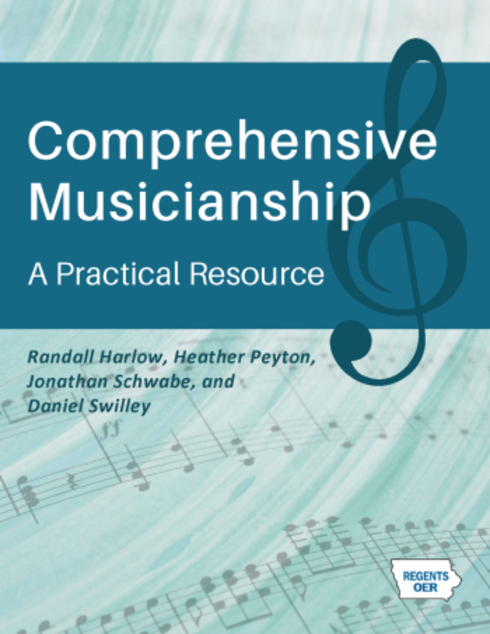The purpose of this guide is to support and provide resources to the PVCC MUC140 - Songwriting students. MUC140 - Songwriting class is an introduction to the art and craft of songwriting through the study and analysis of diverse songwriters and musical styles, and creation of original songs.

Free Image Courtesy of PixaBay
The Business of Songwriting Books
All You Need to Know about the Music Business by
Call Number: ML3790 .P35 2019 @ PVCISBN: 9781501122187Publication Date: 2019-10-29The Art and Business of Songwriting by
Call Number: eBOOKISBN: 9780199893126Publication Date: 2024-05-07Making a Living in Your Local Music Market: Realizing Your Marketing Potential by
Call Number: ML3790 .W39 2010 @ PVCISBN: 9781423484509Publication Date: 2010-06-01Music Business Essentials: A Guide for Aspiring Professionals by
Call Number: eBookISBN: 9781442274532Publication Date: 2018-10-22Sing for Your Supper : A DIY Guide to Playing Music, Writing Songs, and Booking Your Own Gigs by
Call Number: eBookISBN: 9781604860146Publication Date: 2008-07-01
Books
The Complete Idiot's Guide to Songwriting by
Call Number: eBookISBN: 9780028641447Publication Date: 2001-05-01The Craft of Songwriting Music, Meaning, and Emotion by
Call Number: MT67 .K477 2018 @ PVC - MUC KNIGHTS RESERVEISBN: 9780876391921Publication Date: 2018-10-01The Elements of Song Craft : The Contemporary Songwriter's Usage Guide to Writing Songs that Last by
Call Number: MT67 .S39 2020 @ GCCISBN: 9781493047659Publication Date: 2020-08-15How to Write a Song That Matters by
Call Number: MT67 .W719 2022 @ PVCISBN: 9780306923296Publication Date: 2022-09-06
More Books
 Comprehensive Musicianship, A Practical Resource by Call Number: OERISBN: 0000000000000Publication Date: 2023This OER presents an integrated suite of learning resources developed for the core music theory and musicianship curriculum at the University of Northern Iowa School of Music. It provides a more comprehensive symbiosis of musicianship and music theory learning than can be found in existing textbooks, including engaging and progressive video demonstrations and interactive listening and vocal exercises that integrate musical knowledge with foundational musical skills.
Comprehensive Musicianship, A Practical Resource by Call Number: OERISBN: 0000000000000Publication Date: 2023This OER presents an integrated suite of learning resources developed for the core music theory and musicianship curriculum at the University of Northern Iowa School of Music. It provides a more comprehensive symbiosis of musicianship and music theory learning than can be found in existing textbooks, including engaging and progressive video demonstrations and interactive listening and vocal exercises that integrate musical knowledge with foundational musical skills. Writing MusicISBN: 0000000000000This is an online guide to writing music.
Writing MusicISBN: 0000000000000This is an online guide to writing music.
It includes lots of practical advice covering the bread and butter issues of sound, noise, rhythm, melody, harmony and composition.The guide is written for anyone interested in writing music. If you are a music writer or singer or musician, then welcome. If you are not, welcome too. Musician and nonmusician, amateur and professional, beginner and experienced, everyone will find something of interest here. eBooks on Songwriting from EBSCOhost Academic CollectionCall Number: eBooksISBN: 0000000000000Checkout eBooks on Songwrting from EBSCOhost Academic Collection
eBooks on Songwriting from EBSCOhost Academic CollectionCall Number: eBooksISBN: 0000000000000Checkout eBooks on Songwrting from EBSCOhost Academic Collection eBooks on Songwriting from ProQuest Ebook CentralISBN: 0000000000000Publication Date: 1994 - to currentCheckout eBooks on Songwriting from ProQuest Ebook Central
eBooks on Songwriting from ProQuest Ebook CentralISBN: 0000000000000Publication Date: 1994 - to currentCheckout eBooks on Songwriting from ProQuest Ebook Central
Songwriting Basics
Here is a beginner's guide to songwriting:
Finding Inspiration
The first step in songwriting is finding inspiration for your song's theme or subject matter. Some ways to get inspired include:
- Writing about personal experiences, emotions, or stories from your life
- Observing the world around you and writing about what you see, hear, or feel
- Reading books, poems, or quotes that spark creative ideas
- Listening to music from different genres to get new melodic or lyrical ideas
Choosing a Song Structure
Most popular songs follow a basic verse-chorus structure, with an intro, verses, choruses, and sometimes a bridge section. A common structure is:Intro - Verse - Chorus - Verse - Chorus - Bridge - ChorusHowever, you can experiment with different song structures like AABA, verse-chorus-verse, or even a non-linear format without a clear structure.
Writing Lyrics
When writing lyrics, focus on conveying emotions, telling a story, or painting a picture with vivid imagery and poetic language. Try using techniques like rhyming, metaphors, and repetition to make your lyrics more memorable and impactful. Record any lyric ideas that come to you using your phone's voice memo app.
Creating Melodies and Chord Progressions
The melody is the tune that the lyrics ride on, while the chord progression provides the underlying harmonic foundation. You can start by improvising melodies on an instrument, or try singing different note combinations to find catchy melodies. For chords, experiment with different chord progressions or use popular progressions as a starting point.
Finalizing Your Song
Once you have lyrics, a melody, and chord progression, practice playing and singing your song repeatedly. Make any necessary tweaks, add instrumental parts or backup vocals, and consider song dynamics like verse/chorus changes. Record a demo to capture your song idea, then continue refining until you're satisfied with the final product.Remember, songwriting is a creative process without strict rules. Don't be afraid to break conventions and trust your artistic instincts as you write songs that are uniquely your own.
Articles
- Women Make Strides in Pop Songwriting and Producing.The Annenberg Inclusion Initiative's latest report finds that women's involvement in the biggest hits of 2023 was greatly improved over previous years.
